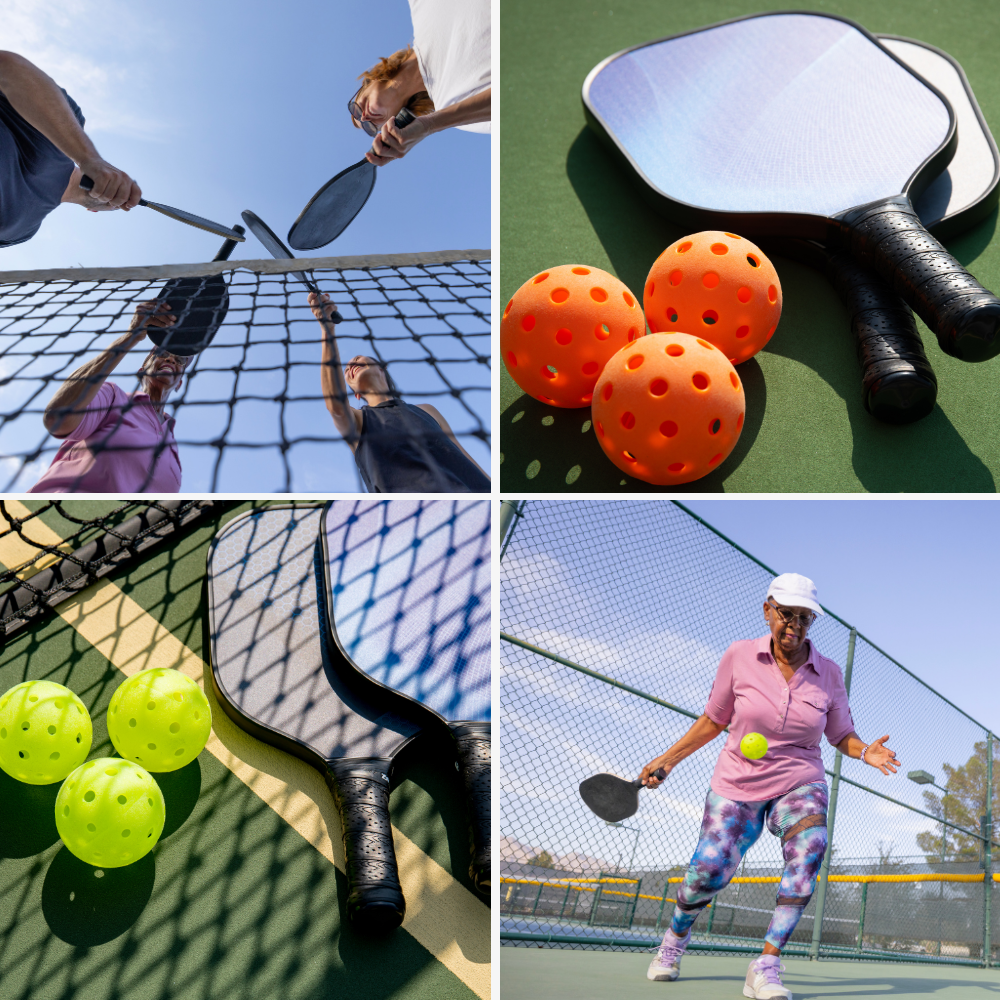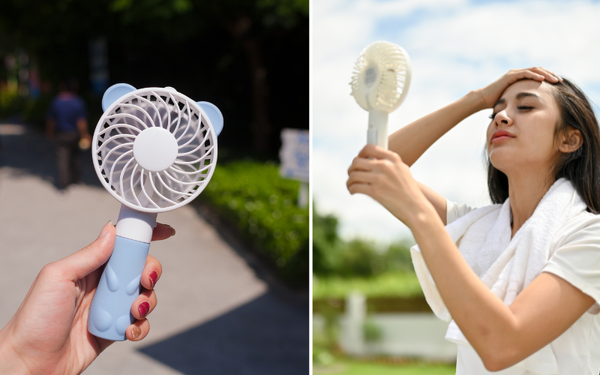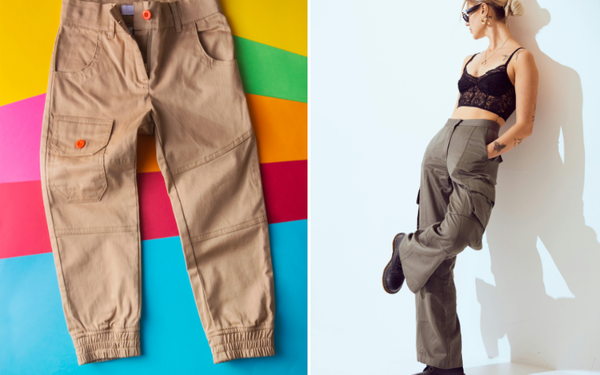Pickleball is a fast-growing sport that combines elements of tennis, badminton, and ping-pong. It is played with a paddle and a plastic ball, called a pickleball. The game can be played both indoors and outdoors, with outdoor tournaments being a popular way for players to showcase their skills. However, not all pickleballs are created equal, and choosing the right one can be the difference between winning and losing.
In this blog post, we will take a closer look at the pickleballs used in outdoor tournaments and what makes them different from indoor balls.
Durability: The main difference between outdoor and indoor pickleballs is their durability. Outdoor balls are made with tougher materials to withstand the wear and tear of playing on rough surfaces like concrete or asphalt. They have thicker walls and heavier weights, which gives them more resilience and longer lifespan. They are also weather-resistant, so they do not become brittle in extreme temperatures or crack due to sunlight exposure. Some of the popular brands of outdoor pickleballs include Dura Fast 40, Onix Fuse G2, and Franklin X-40.
Visibility: Another important factor in choosing outdoor pickleballs is their visibility. Since outdoor tournaments are played in bright sunlight, the balls need to have high-contrast colors that are easy to see against the background. Yellow is the most common color used in outdoor balls, but you can also find them in orange, green, and pink. The balls also have distinctive patterns on them, such as the two-tone scheme of Dura Fast 40, which helps players to track the spin and flight of the ball.
Bounce and Feel: Outdoor pickleballs should have a consistent bounce and feel, so that players can anticipate their trajectory and hit shots with accuracy. The bounce height of outdoor balls is regulated by the International Pickleball Federation (IPF), which sets the standard to be between 30-34 inches when dropped from a height of 78 inches. This ensures that the ball does not bounce too high or too low on different surfaces. The feel of the ball depends on the hardness of the plastic used in its construction. Some players prefer softer balls, like the Onix Pure 2, which offer better touch and control, while others prefer harder balls, like the Dura Fast 40, which offer more power and speed.
Size and Weight: The size and weight of outdoor pickleballs are also regulated by the IPF. The official diameter of a pickleball is 2.9375 inches, and its weight should be between 0.78 and 0.935 ounces. These dimensions are designed to give the ball a manageable size and weight, so that it can be easily hit with the paddle and doesn't cause undue strain on the player's wrist and arm. However, some players may prefer slightly heavier or lighter balls, depending on their personal preference.
Cost: The last factor to consider when buying outdoor pickleballs is their cost. Tournament-grade balls tend to be more expensive than recreational balls, but they offer better quality and consistency. A pack of 6-12 outdoor pickleballs can cost anywhere from $12-$40, depending on the brand and quantity. It is always a good idea to buy extra balls, as they tend to get lost or damaged during play.
Conclusion:
In conclusion, choosing the right outdoor pickleball is essential to playing a great game. Whether you're a beginner or a seasoned pro, selecting the right ball can make a big difference in your performance. Look for balls that are durable, visible, consistent in bounce and feel, and meet the official size and weight standards. Try out different brands and types of outdoor pickleballs to find the one that works best for you. With the right ball in your hand, you'll be ready to conquer any outdoor tournament!










